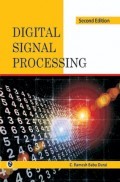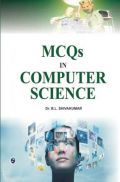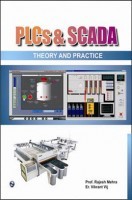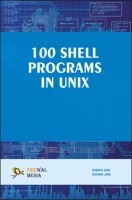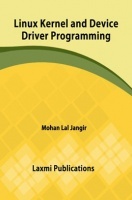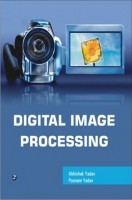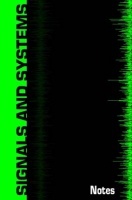Embedded system, as a subject, is an amalgamation of different domains, such as digital design, architecture, operating systems, interfaces, and algorithmic optimization techniques. This book acquaints the students with the alternatives and intricacies of embedded system design. It is designed as a textbook for the undergraduate students of Electronics and Communication Engineering, Electronics and Instrumentation Engineering, Computer Science and Engineering, Information Communication Technology (ICT), as well as for the postgraduate students of Computer Applications (MCA).
While in the hardware platform the book explains the role of microcontrollers and introduces one of the most widely used embedded processor, ARM, it also deliberates on other alternatives, such as digital signal processors, field programmable devices, and integrated circuits. It provides a very good overview of the interfacing standards covering RS232C, RS422, RS485, USB, IrDA, Bluetooth, and CAN.
In the software domain, the book introduces the features of real-time operating systems for use in embedded applications. Various scheduling algorithms have been discussed with their merits and demerits. The existing real-time operating systems have been surveyed. Guided by cost and performance requirements, embedded applications are often implemented partly in hardware and partly in software. The book covers the different optimization techniques proposed in the literature to take a judicious decision about this partitioning of application tasks. Power-aware design of embedded systems has also been dealt with.
In its second edition, the text has been extensively revised and updated. Almost all the chapters have been modified and elaborated including detailed discussion on hardware platformsARM, DSP, and FPGA. The chapter on interfacing standards has been updated to incorporate the latest information.
The new edition will be thereby immensely useful to the students, practitioners and advanced readers.
Key Features
Presents a considerably wide coverage of the field of embedded systems
Discusses the ARM microcontroller in detail
Provides numerous exercises to assess the learning process
Offers a good discussion on hardwaresoftware codesign
Preface Preface in the First Edition
Acknowledgements
1. Introduction
2. ARM: An Advanced Microcontroller
3. Digital Signal Processors
4. Field Programmable Gate Arrays
5. Interfacing
6. Real-time Operating System
7. Specification Techniques
8. HardwareSoftware Cosimulation
9. HardwareSoftware Partitioning
10. Functional Partitioning and Optimization
11. Low Power Embedded System Design
Bibliography
Index







